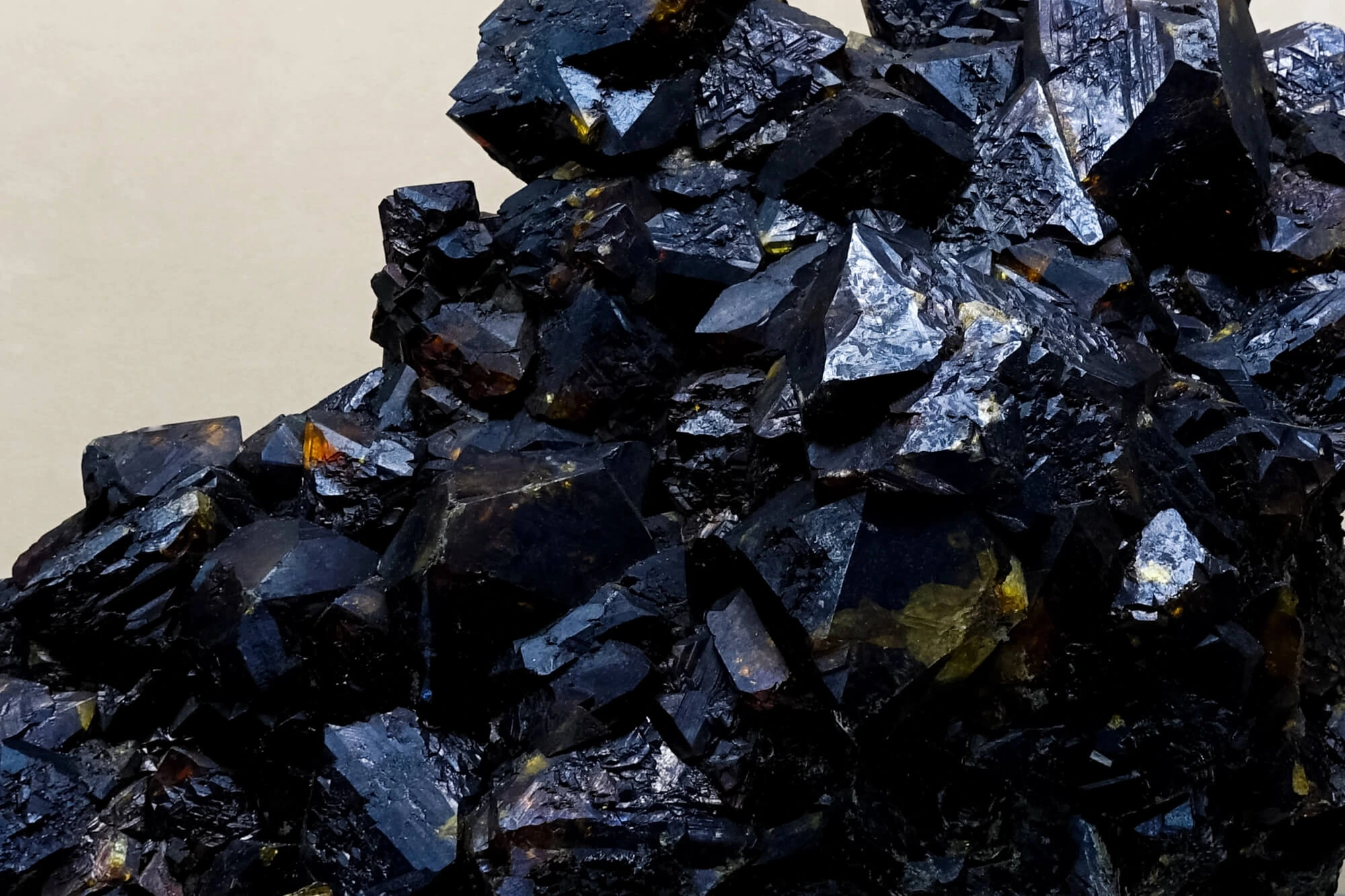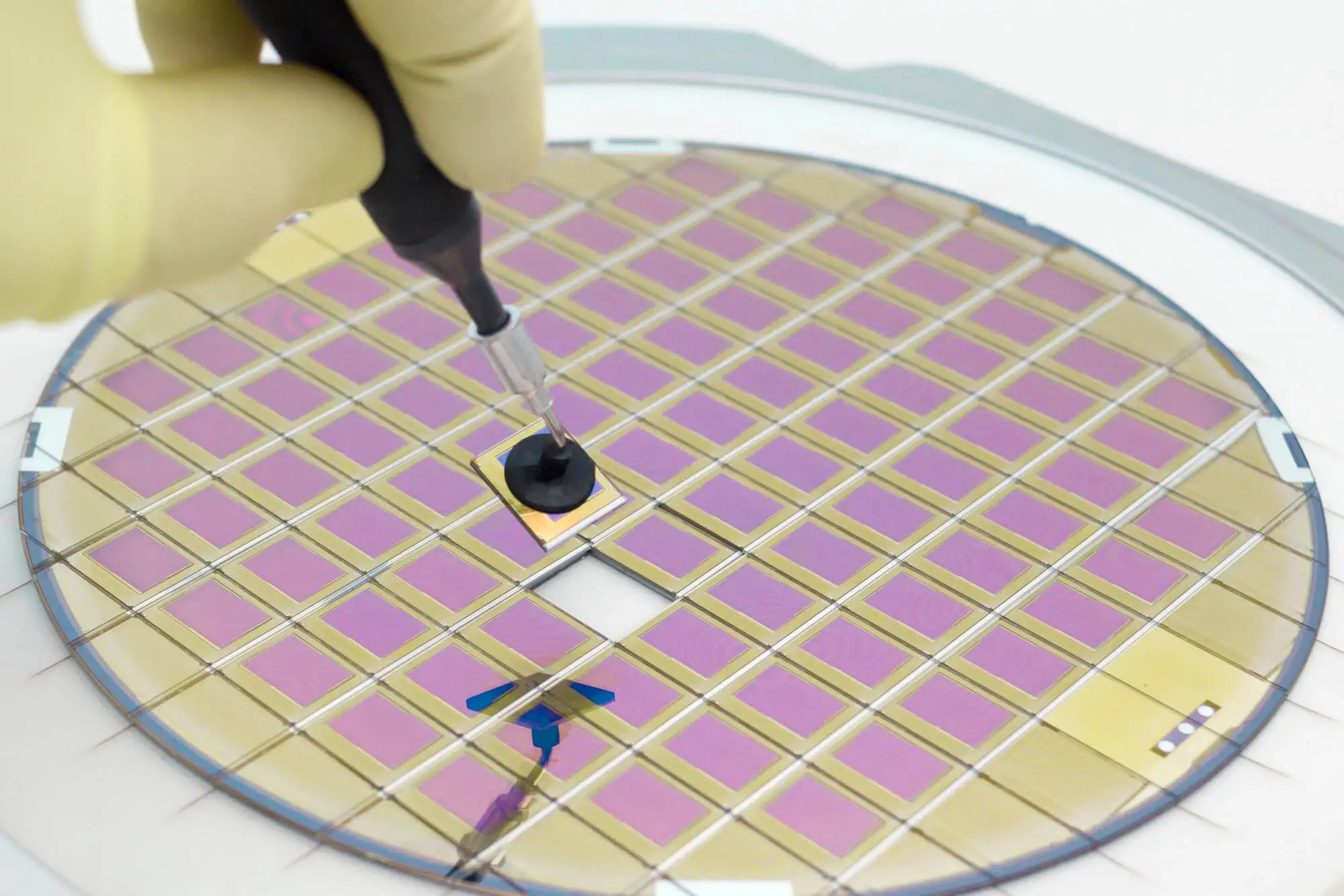
What’s the electron configuration of a germanium wafer, and why does it matter? Discover how Ge’s atomic structure impacts its role in semiconductors and electronics.
Read MorePhysical Vapor Deposition, Chemical Vapor Deposition, and Atomic Layer Deposition are all used during silicon manufacturing—but how do these methods differ?
Read More
Finding the right silicon wafer supplier is crucial to the success of your project. Here are some factors worth looking for in a manufacturer.
Read More
Silicon carbide is an important material in wafer manufacturing. But what are the advantages and uses of this material, and what makes it different from silicon?
Read MoreWhen looking for the right silicon wafer for your project, crystal orientation is a key factor to consider. But how does this affect semiconductors?
Read MoreDepending on your project, your silicon wafer supplier may suggest an epitaxial growth wafer over standard silicon. But how do these two options compare?
Read More
Besides silicon, a germanium wafer can also be used when manufacturing solar cells. But what are the benefits—and disadvantages—of this material?
Read More
Understanding how a float zone wafer reacts to THz radiation is essential for optimizing THz optics and detection devices.
Read More.jpg)
Most silicon wafer suppliers also handle other materials, such as sapphire. Learn here the uses of sapphire wafers and how reclaimed ones can help you cut costs.
Read More
A double side polish wafer offers several benefits, from high precision to enhanced flatness—but when are these advantages unnecessary?
Read More